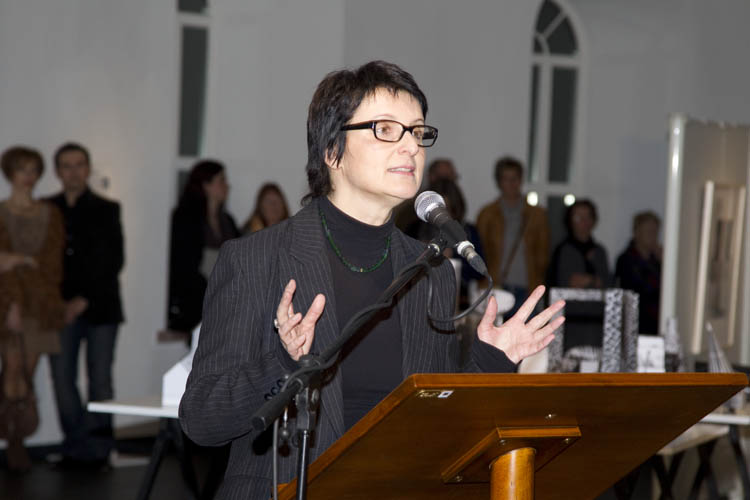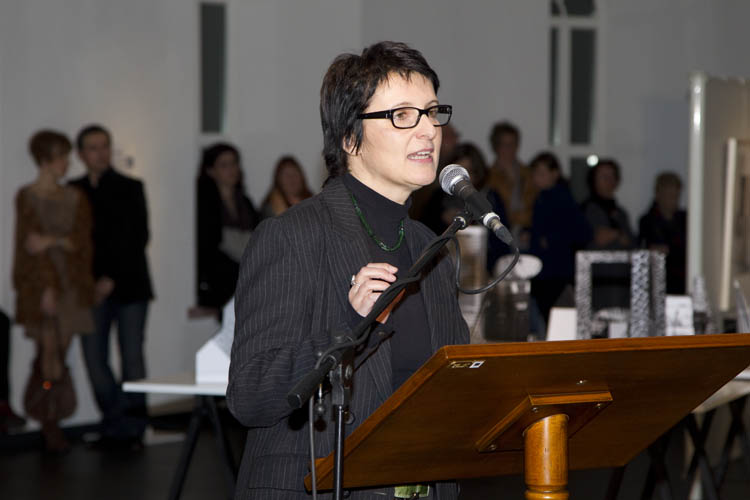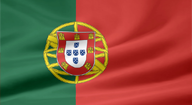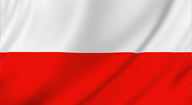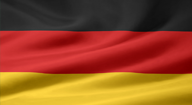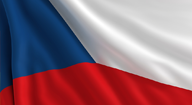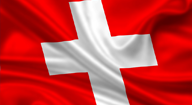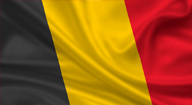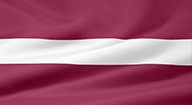If we here allow the works of the plein-air exhibition STADT-RAUM-KUNST (CITY-SPACE-ART) to fill our senses, we will intuitively move away from the concept of outdoor painting and begin to realise that this working group meeting of artists involved mainly the question of conveying the spatial experience of architectural, historical, social and mental landscapes. At the outset there were questions like: Will the imposing architecture obstruct the visionary space in the artist’s sense of perception and thus to a certain degree prevent the creative process? Are the artists able and willing to escape from the fascination of the overpowering architecture which dominates everything else, or will it mean that they are compelled to abandon the subject matter? On the one hand, the topic CITY-SPACE-ART allows for a great deal of latitude – while on the other hand, a thematically coherent exhibition was to come into existence. Are there higher-ranking, abstract criteria, which so to speak define the city’s character without involving the elements of architecture?
Yes! Görlitz owes its rise and thus from an economic point of view, also the construction of the buildings, to two core practical elements: the CLOTHmakers’ guild and also the plant known as dyer’s weed or woad (isatis tinctoria) which was used, as the name implies, to dye textiles BLUE and symbolises the powerful Görlitz woad monopoly in the 15th and 16th centuries. Thus in the plein-air exhibition, the almost everyday symbolic words CLOTH + BLUE became a simple formula, the guiding or recurrent material and the recurrent colour for the artistic work on site and consequently the thematic cohesion factors for the definitive exhibition. Site-specific, space-related creations emerged, artistic perception phenomena in which history and the present, fiction and reality become indistinct from one another. The brief notes presented here as commentary on the works of the artists can only hint at a small fraction of what the philosopher Reinhard Knodt1 has described as the non-communicable “transcendence-inspiring element.” Art in its truest sense cannot actually be “communicated”, as its inherent force is greater than that of communication. Communication can only ever provide a narrow vision of the phenomenon of art. There is that third aspect of art’s address, the elusive “transcendence-inspiring element,” its inherent capacity to exalt, and this goes beyond the communication between the artist and the beholder and can only be experienced first hand.
It is always helpful to be familiar with the elements of a culture, but the real issue is developing an independent opinion by listening to that inner voice and taking a stand. Sensory perception, experiencing something in a way that shows an especially intense, exalted involvement requires mindful behaviour. Being educated implies a familiarity with such conduct. As we contemplate their work, the artists allow us to undergo a process of becoming educated, of absorbing culture, because the works originating in the plein-air exhibition, STADT-RAUM-KUNST, in their diversity represent an encouraging portrayal of nearly inexhaustible possibilities to discover and experience the cultural and historical heritage of the city of Görlitz. Educating yourself is like waking up with that “transcendence-inspiring element” already quoted earlier on. We sincerely thank all the artists for providing us with that experience.
Ramona Faltin M.A., Curator



